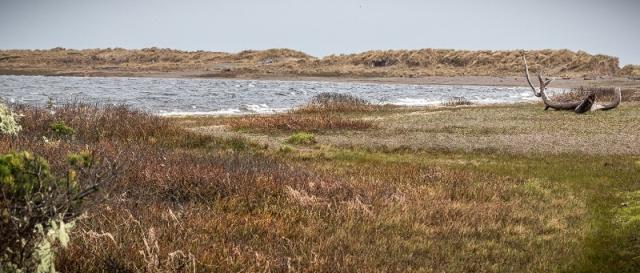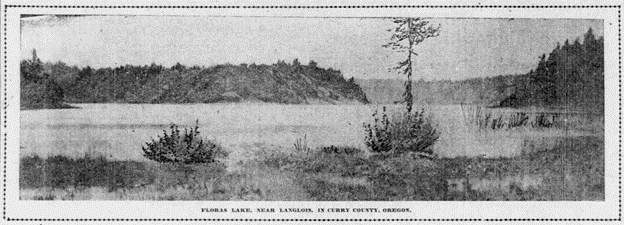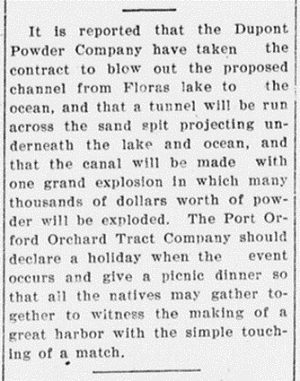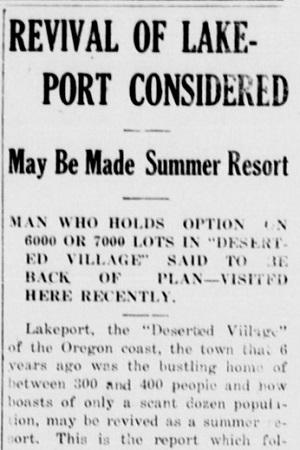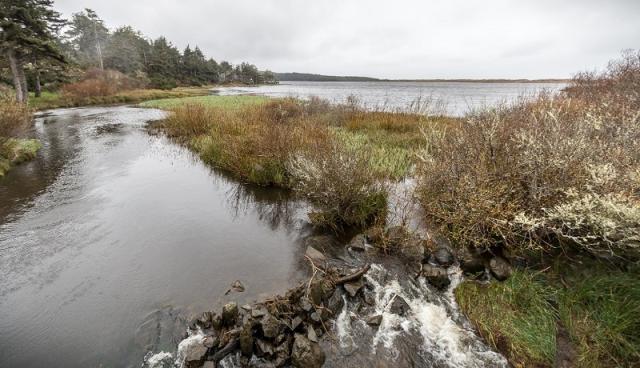Related Content
Related Stories
- 11-year-old Touren Pope discovers ancient turtle fossil on BLM land in Wyoming
- Remembering the cattle drive that defined ranching in southeastern Arizona
- Timber Talk: OR/WA logs a big win in FY25
- Historic Umtanum Suspension Bridge wins international footbridge award
- Agua Fria National Monument: A desert oasis with a rich history and a vital present
Office
1300 Airport Lane
North Bend, OR 97459
United States

